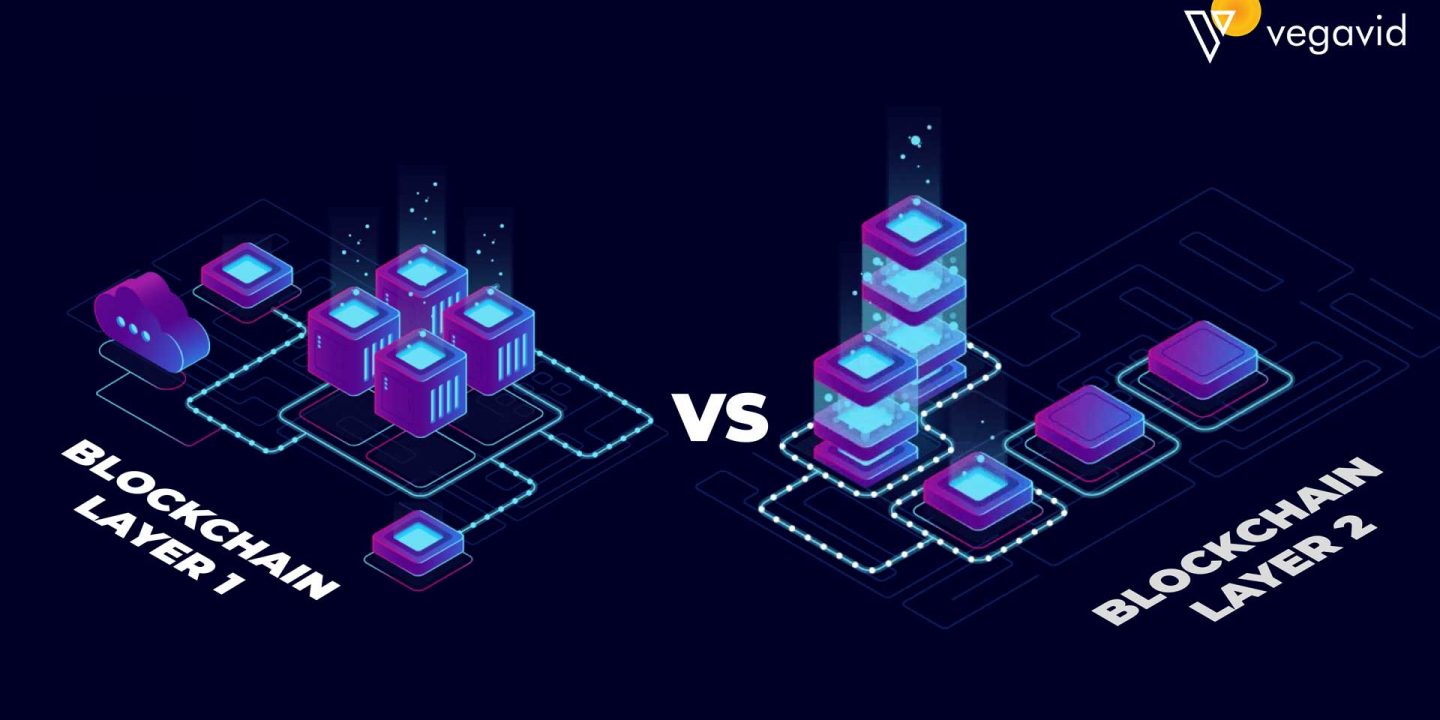
Image by Vegavid Technology.
The blockchain space is buzzing with discussions about the prevalence of Layer One (L1) blockchains. As new projects emerge, many are questioning whether we have too many L1s. The debate centers around their utility and effectiveness in solving existing scalability issues. In this post, we’ll dive into the perspectives of industry leaders and explore the future of L1 and Layer Two (L2) solutions.
Table of Contents
- Are There Too Many Layer Ones?
- Creativity and Progress in New Layer Ones
- The Role of Layer Two Solutions
- Conclusion: What’s Next for Blockchain?
- Frequently Asked Questions
Are There Too Many Layer Ones?
Jack O’Holleran, co-founder of Scale Labs, holds a critical view regarding the proliferation of L1 blockchains. He argues that while numerous L1s are being launched, only a select few are gaining traction and real usage. Most developers and users tend to gravitate towards the top 10 blockchains. This trend poses a challenge for new L1s, as they need to offer significant improvements over established networks to capture attention.

Creativity and Progress in New Layer Ones
On the flip side, Charles Wayne, co-founder of Gy and Gravity, sees the surge in new L1 blockchains as a positive sign of creativity and innovation in the blockchain space. His company launched its own L1, Gravity, specifically designed to address scalability challenges. Wayne argues that older blockchains like Ethereum often face issues such as congestion and high transaction fees.
Newer L1s are stepping up to tackle these challenges head-on, providing faster transaction speeds and lower costs. Some projects are even incorporating advanced technologies, such as zero-knowledge proofs, to enhance privacy and security.
Key Takeaways from the Debate
- Jack O’Holleran emphasizes that most developers prefer established L1s, making it tough for newcomers to gain traction.
- Charles Wayne encourages the emergence of new L1s as a means of fostering innovation in the blockchain ecosystem.
- New L1s are focusing on addressing scalability issues that traditional blockchains struggle with, such as high fees and congestion.
The Role of Layer Two Solutions
As the conversation around L1s evolves, Layer Two solutions are becoming increasingly relevant. These solutions aim to enhance the capabilities of existing blockchains without the need to create entirely new networks. They help to improve transaction speeds and reduce costs, providing a compelling alternative to launching new L1s.

Conclusion: What’s Next for Blockchain?
The ongoing debate between the merits of new Layer Ones versus the optimization of Layer Twos presents a critical juncture for the blockchain industry. As users demand faster, cheaper, and more secure transactions, both L1s and L2s will play vital roles in shaping the future of blockchain technology.
Frequently Asked Questions
Layer One blockchains are the base layer of the blockchain network, responsible for handling all fundamental operations. Layer Two solutions are built on top of Layer Ones to enhance their capabilities, focusing on improving transaction speeds and reducing costs.
Q. Why are new Layer One blockchains emerging?
New Layer One blockchains are emerging to address scalability issues faced by existing networks, offering faster transaction speeds and lower fees.
Q. How do Layer Two solutions help with blockchain scalability?
Layer Two solutions process transactions off-chain and batch them for settlement on the main blockchain, significantly improving transaction speeds and reducing congestion.
Q. What technologies are new Layer Ones incorporating?
Many new Layer Ones are incorporating advanced technologies like zero-knowledge proofs to enhance privacy and security.

![Unlocking the Power of Fan Tokens: A Step-by-Step Guide [Part 1]](https://coinqlo.com/wp-content/uploads/2024/12/Depositphotos_503743464_L-870x570.jpg)
![Creating Your Own Fan Token: A Step-by-Step Guide [Part 2]](https://coinqlo.com/wp-content/uploads/2024/12/0a6e2bc8-7679-4f96-8e43-ff7dfa1eca25-870x570.png)